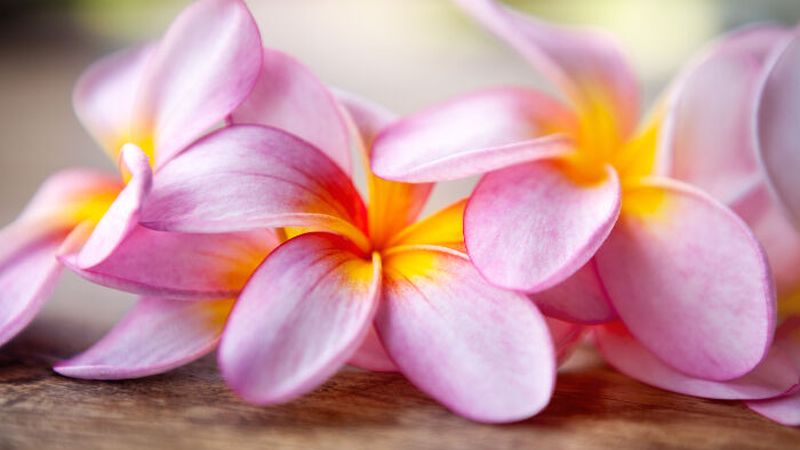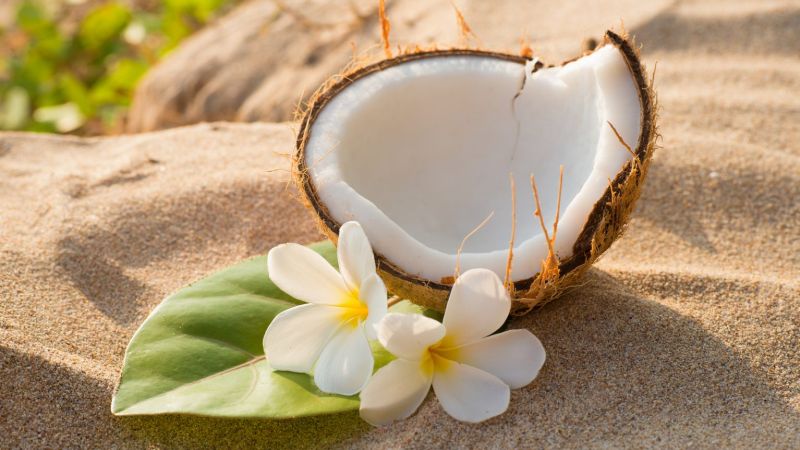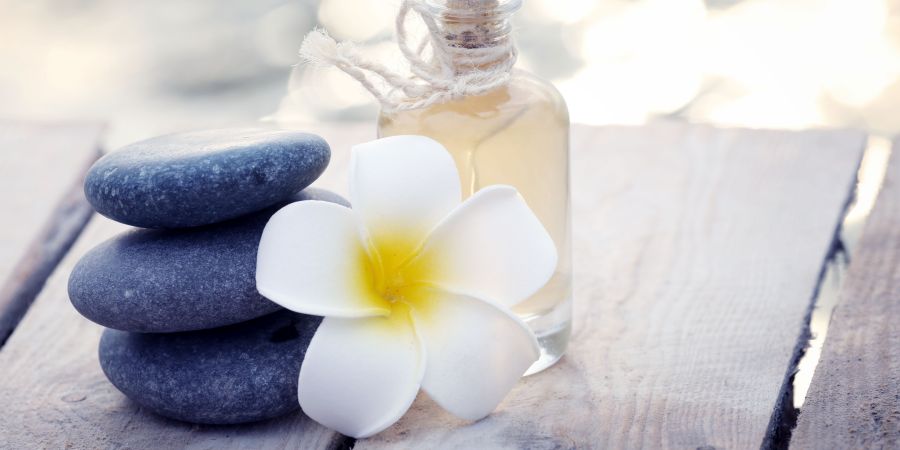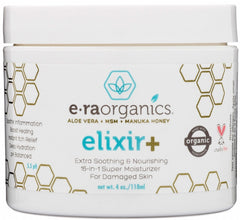There’s more to frangipani oils than fragrance. Here’s how the essential oils of the plumeria flower benefits your skin with powerful healing properties.
Table of contents:
What is Plumeria (Frangipani)?
Plumeria plant benefits.
Reducing inflammation with Frangipani oil.
Finding the best sources of Plumeria plants.
How to use Frangipani oil.
Are you frustrated with the ingredients in most beauty products? Tired of product labels that seem born in a chemistry lab instead of nature?
Sure, you want products that smells good, but you don’t want to compromise your standards – or your health.
That’s where plumeria can help.
While you may not have heard the term “plumeria,” you’re probably familiar with the flower without even knowing it. Ever worn a lei? If so, you’ve met the legendary plumeria flower. It’s one of Hawaii’s prized possessions, and soon, it just might be one of yours, too!
Here’s what the beautify flower can do for you.
What Is Plumeria (Frangipani)?

A member of the dogbane, or Apocynaceae family, plumeria is closely related to oleander. Commonly known as frangipani, it’s found throughout Central America, the Caribbean and similar tropical climates.
Blooming in summer and fall, plumeria flowers are large, fragrant and typically red, yellow or white. Besides looking beautiful in a centerpiece, its scent is widely popular for its strong, exotic fragrance.
It’s also incredibly long-lasting, making it a popular addition to skin creams, perfumes and lotions.
On top of its alluring aroma, frangipani oil has deep-cleansing properties and can boost the clarifying ability of shampoos and body washes. For this reason, plumeria is a go-to ingredient in the plant-based skincare industry, giving manufacturers the ability to offer top-notch cleansing power without the use of harmful chemicals.
How The Plumeria Plant Benefits Skin

We’ve already mentioned its long-lasting scent and soap-friendly properties, but plumeria’s benefits go far beyond the surface.
In fact, it happens to be a rich source of lignin, which is an organic polymer that binds cells together and provides structure. This means it can keep skin supple and firm at the same time.
Frangipani oil is also a growth stimulant and has antibacterial properties as well as antioxidants. Benzoic acid is one such potent antioxidant. It helps decrease tissue damage that results from chronic diseases. This versatile acid may even have anti-cancer properties.
The plumeria flower also contains glycosides (a sugar compound), which help support collagen – an important component of the skin’s connective tissue. Glycosides are often used in skincare preparations as they help promote the absorption of other ingredients. They even serve to hydrate the skin thanks to their unique ability to bond to water molecules.
It really does a lot for the skin, and that’s why we use it in our anti-itch cream Elixir. It works like magic!
Ease Stress, Moisturize Skin & Reduce Inflammation with Frangipani Oil

Both plumeria plants and their flower extract (frangipani oil) have a long tradition of use for health problems. For instance, its sap has been used for generations as a home remedy for toothaches.
Used in aromatherapy, its oil is considered refreshing by many. It’s useful in relaxing muscles and calming nerves. Frangipani oil has even been used as an aphrodisiac.
Thanks to glycosides and other constituents, plumeria is a known moisturizer and anti-inflammatory. It’s often used in the natural health industry to soothe dry, cracked skin and keep it soft.
It also effectively relieves inflammatory-induced back pain, headaches and tinnitus (ringing in the ears).
Finding the Best Sources of Plumeria Plants

Keep in mind that the term “plumeria” is an umbrella-type word that represents a wide range of sub-species. Some common types include:
- Rubra
- Obtusa
- Pudica
- Stenophylla
- Acuminata
Each type differs slightly from the next, but all of them are uniquely beneficial. The most common and most fragrant variety is the P. Rubra. This is the kind you’ll see garnishing tabletops and gardens. P. Acuminata is rich in linoleic acid – an essential fatty acid helpful in energy production.
Nearly every part of the plant is usable. In the health arena, perhaps the most versatile and widely used form is plumeria extract or oil.
Frangipani essential oil and plumeria flower extract are available in health food stores or online. You can also usually buy them from massage parlors and aromatherapy practitioners.
How to Use Frangipani Oil

Frangipani essential oil can be applied directly to the skin. Although most people tolerate it well, it’s recommended to perform a skin test the first time you use it.
Be sure to blend it with a carrier oil such as coconut oil or olive oil. When used in this fashion, you reap the benefits of both its fragrance and skin-soothing properties.
If you want to see what this flower can do for damaged or inflamed skin try Elixir:
You can also use it as a massage oil or in a diffuser for aromatherapy. Thanks to its anti-inflammatory properties, its bark can be pounded and applied as a compress to reduce swelling.
For diabetics, some experts even suggest drinking a tea made from its root. However, you shouldn’t take it orally unless recommended by a knowledgeable and qualified healthcare practitioner – especially if pregnant or nursing.
Summary

If we had to choose only one reason to love plumeria, it’d be the fact that it gives health-conscious individuals a safe, natural and beautifully scented alternative to chemicals in their skincare products.
The antioxidants, lignin and collagen-boosting glycosides? Those are pretty great, too.
How about you? What do you like most about frangipani?



